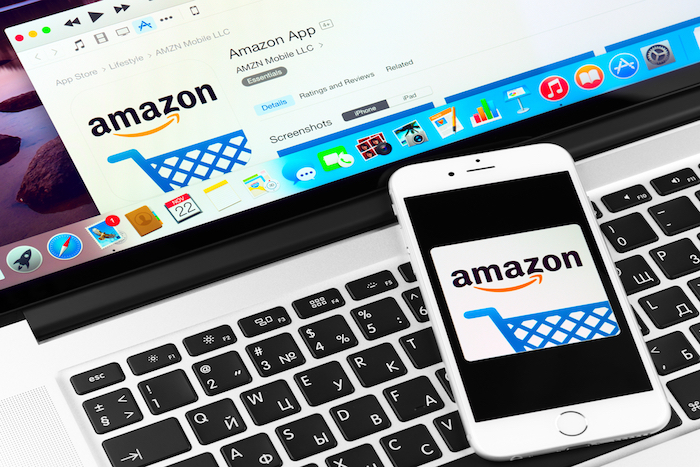How Amazon Pricing Strategy is The Winning Business Model?
Perhaps all eCommerce businesses must take some inspiration from Amazon’s pricing strategy. Finding success in the eCommerce marketplace requires a well-thought pricing strategy. The tactics, which usually work for independent eCommerce stores, do not usually work in the online marketplace. If you want to generate more sales, you have to be extra cautious. Just as much cautious as a trader is with CFD stock trading. As the competition is getting fierce, standing out among your rivals requires more than just hard work.
You must factor in the cost of the item as well as what your competitors must are currently charging for the product. As we all know, pricing is a vital factor in the decision-making process. If you have picked smart pricing, you will win more customers. It is considered a winning business model for a reason.
What Does Amazon Pricing Strategy or Model Follow?
Amazon follows a dynamic pricing strategy or model. Offline retailers are well familiar with this pricing. Shopkeepers change the pricing of the product based on demand, supply, customer preference, and buying power. This is exactly what Amazon does. However, pricing dynamics have changed to a completely new level in the online world.
Amazon’s dynamic pricing strategy changes prices frequently. It also offers different pricing based on customer preferences, shopping history, and buying patterns. Like Walmart, Amazon is also in a battle to offer the best deals to its customers to keep them coming back for more.
Amazon does not just lower the pricing blindly. It uses Big Data for monitoring strategies of competitors, market conditions, customer buying patterns, demand and supply, and a number of other factors.
All these factors when combined let Amazon pricing strategy its products at the lowest price. It also raises prices when the conditions are right. Based on customer data, it offers targeted pricing.
Higher prices are retained for those who like buying particular brands and do not care much about the prices. On the other hand, if it is a sensitive customer, the same product is offered to them at a discount. No wonder Amazon is a leading player in the eCommerce industry.
As customers are getting savvier and savvier each day, they are finding new ways to see if they are getting differentiated offers. Retailers are continuously evolving their pricing strategies because of that. Amazon’s dynamic pricing algorithms also keep on changing to accommodate shifts in cross-channel sales.
Dynamic pricing changes prices on the basis of a variety of variables. A retailer can change the item’s price on not just the basis of demand and supply, but weather conditions, too.
Dynamic pricing existed in the offline world, too, notably in the airline ticket industry. Now, it’s widespread because the Internet has made comparison shopping easier than ever.
Customer scan compare the prices and hunt the cheapest options as well. Why should anyone pay a higher price when there are retailers who are selling the same item at a cheaper price?
Benefits of Amazon’s Pricing Strategy or Model
The best thing about such a pricing model is that it keeps the competition fair for all.
The customer’s side of the benefit is that they can do a price match between different sites and purchase from the store that is offering the cheapest price. The seller’s side of the benefit is that they can adjust prices for maximizing their profits. With the help of pricing solutions and algorithms, retailers can figure out how much profit margin they can increase when the demand rises or falls.
Amazon’s pricing strategy sets the very smartly. Its strategy is to convince the customers that it has the lowest prices even though it does not. Usually, popular items that have good reviews are available at a cheaper price. Less popular items, on the other hand, are expensive. Amazon does not try hard to compete on the prices of certain categories like pet products, accessories, auto parts, etc.
Summing Up
Long story short, with Amazon’s pricing strategy, a business can take home a few important lessons. Such as:
- Charge differently according to the demand, supply, or customer preferences as and when you can.
- Even if you are accepting a minimum price for an item, make sure it is still profitable. On the contrary, if you are charging a higher price, the profit will be higher, of course.
- You need to be aware of the prices your competitors are charging. You can either keep a small profit margin or charge the same price for the item as your competitors.
Ask a trader online and they will tell you that they encountered dynamic pricing when picking a brokerage platform, too. Every other online business is doing it, so can you?




